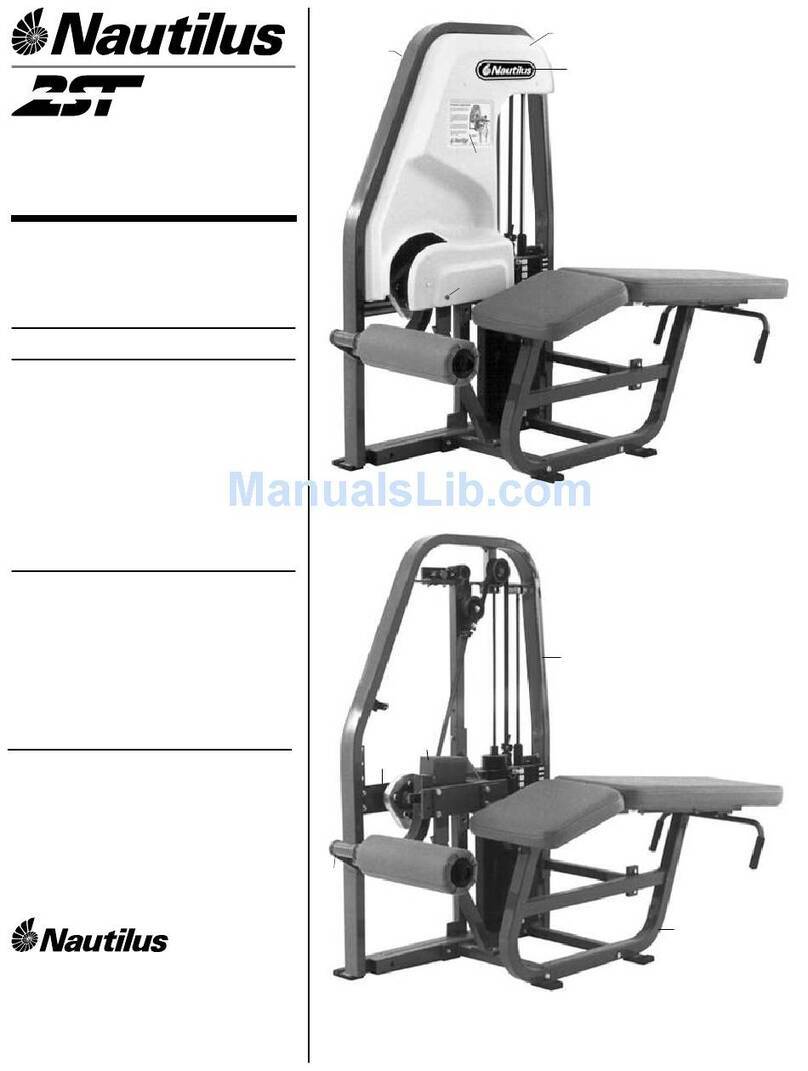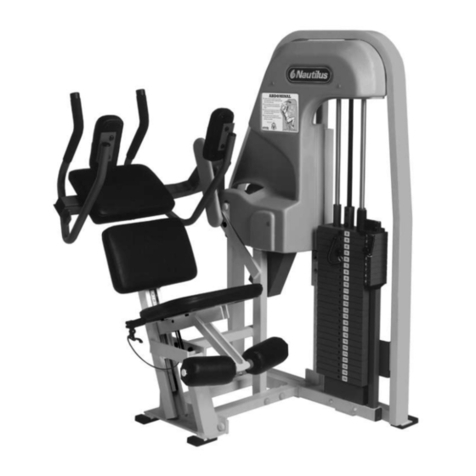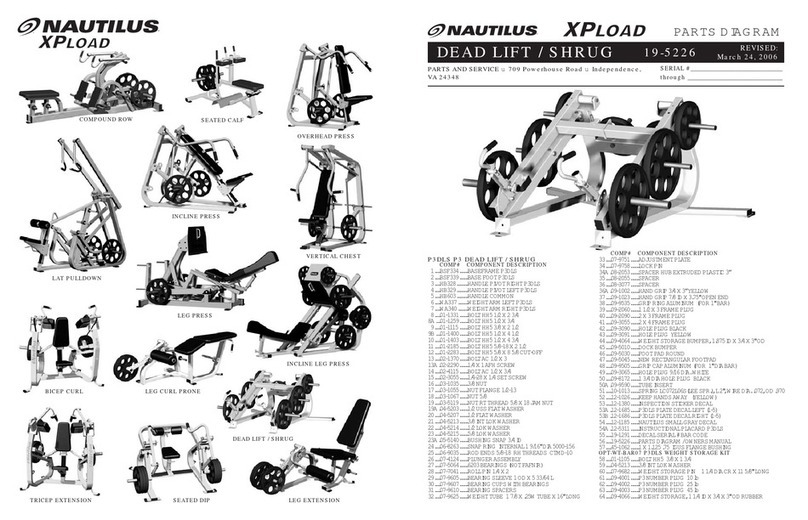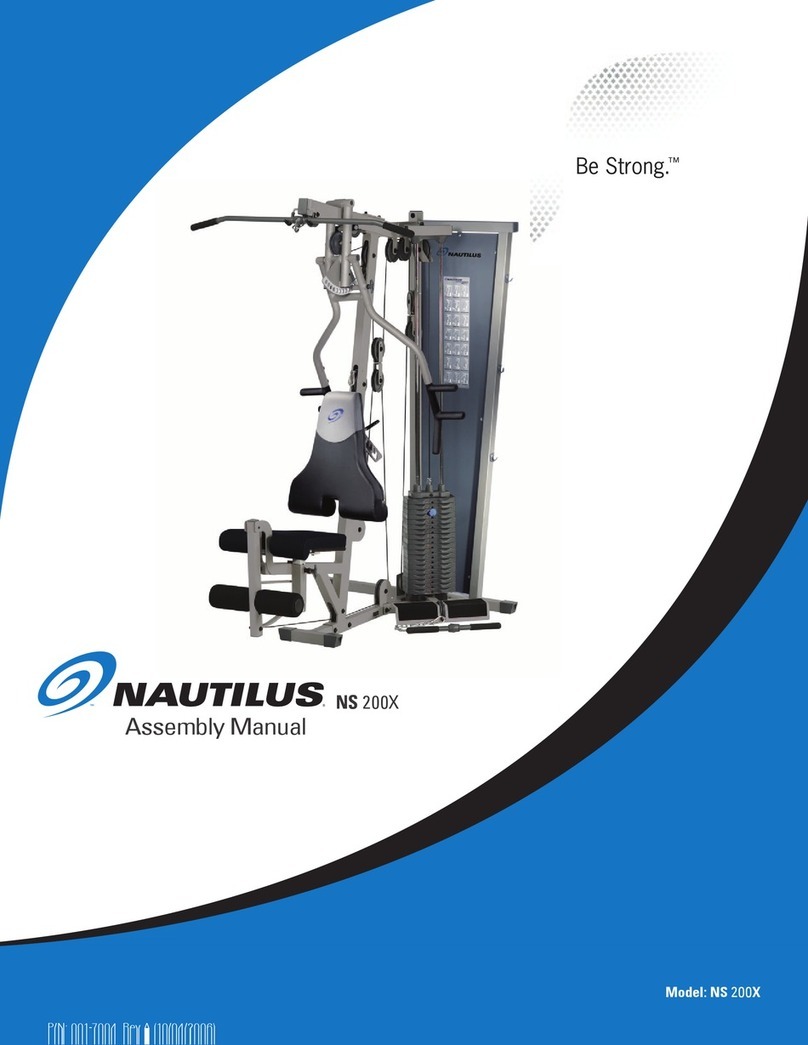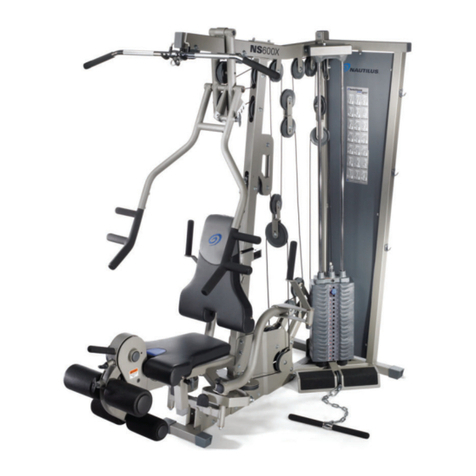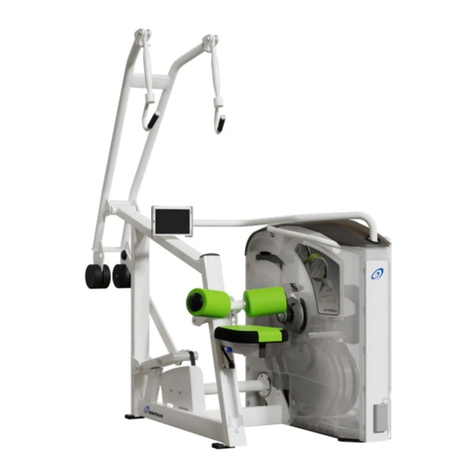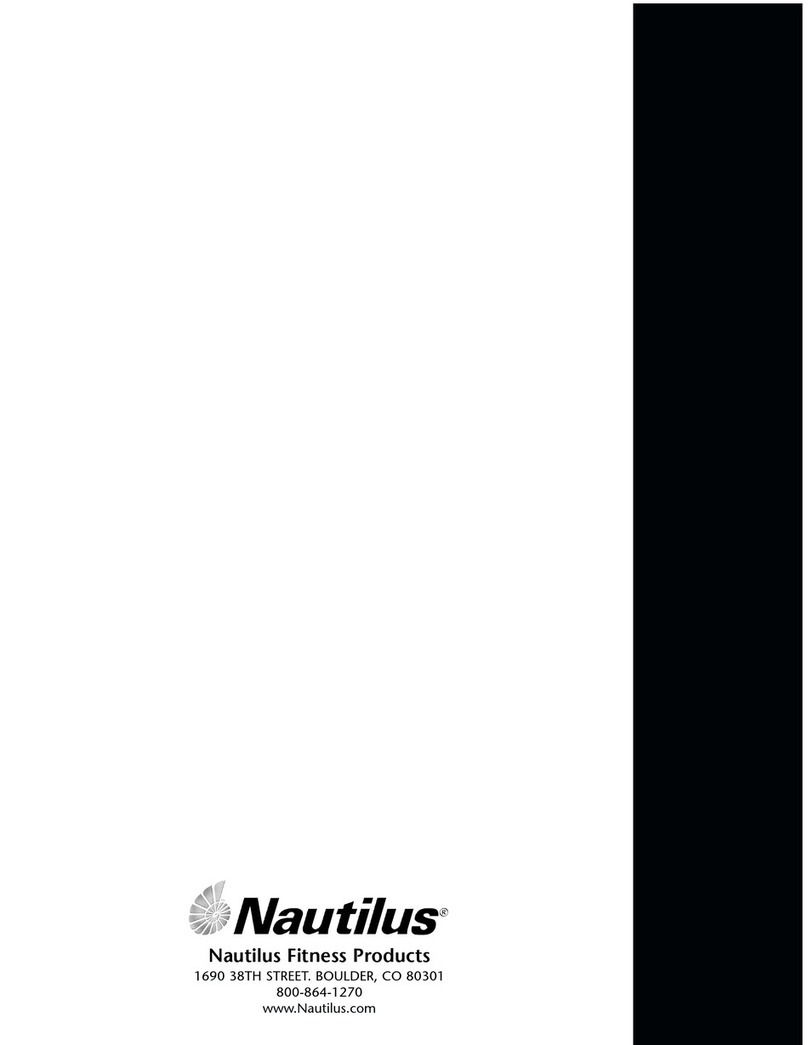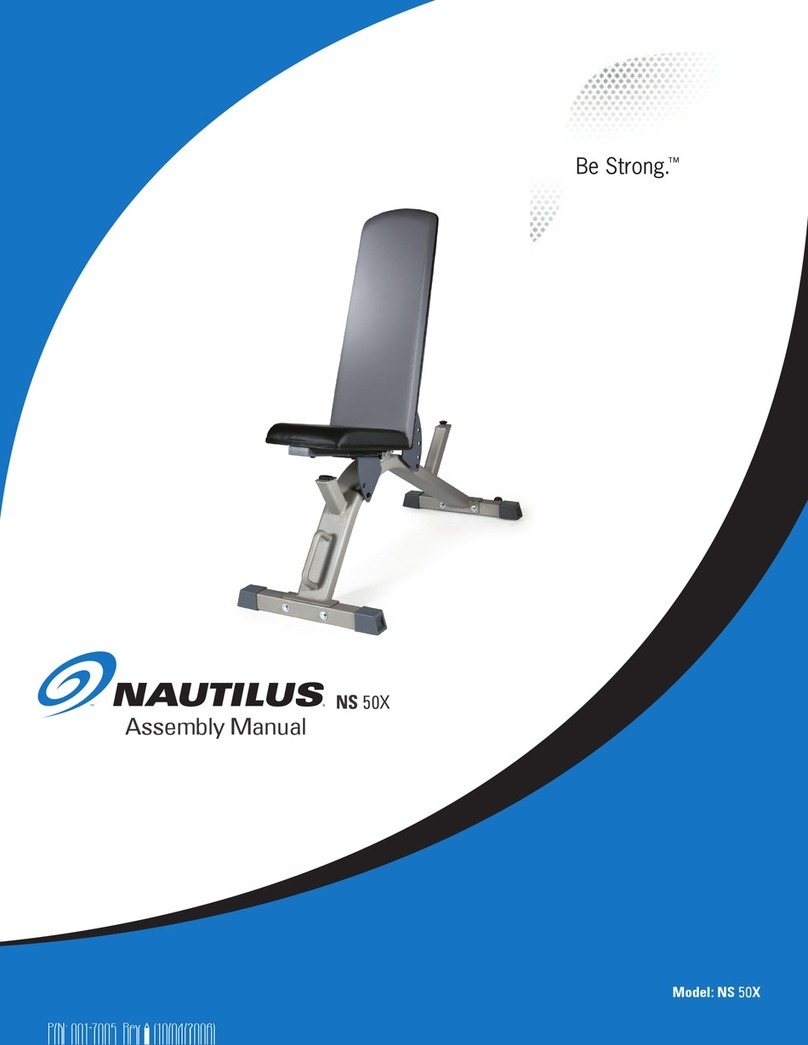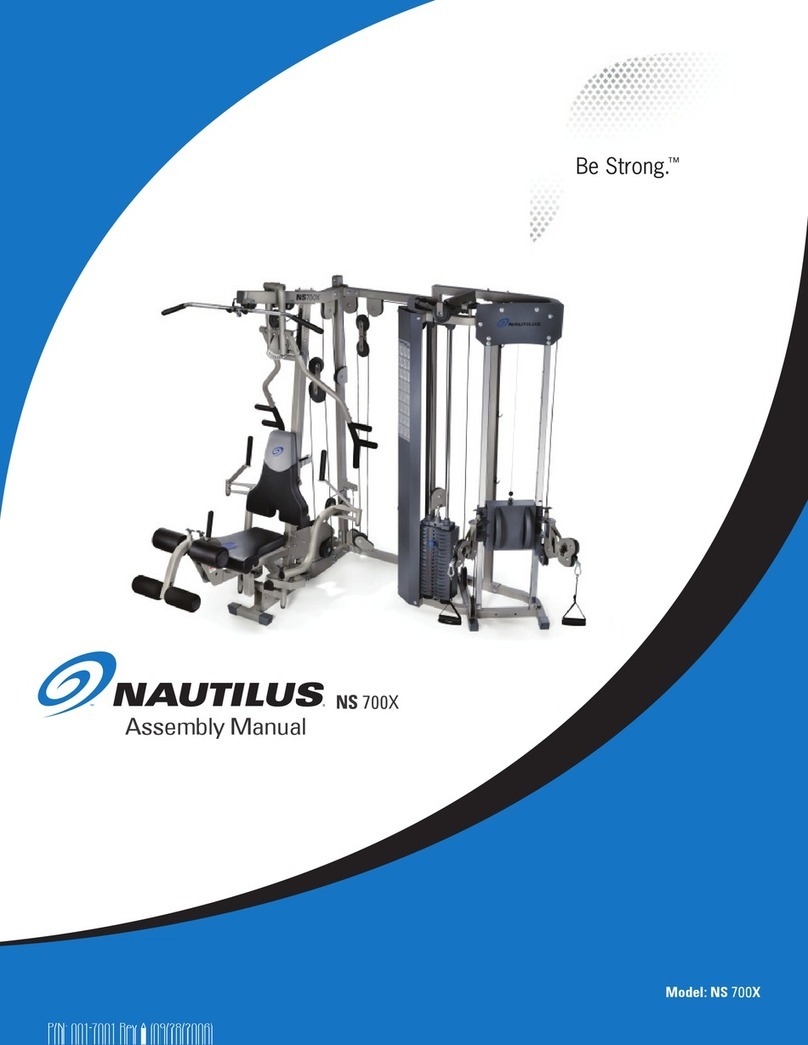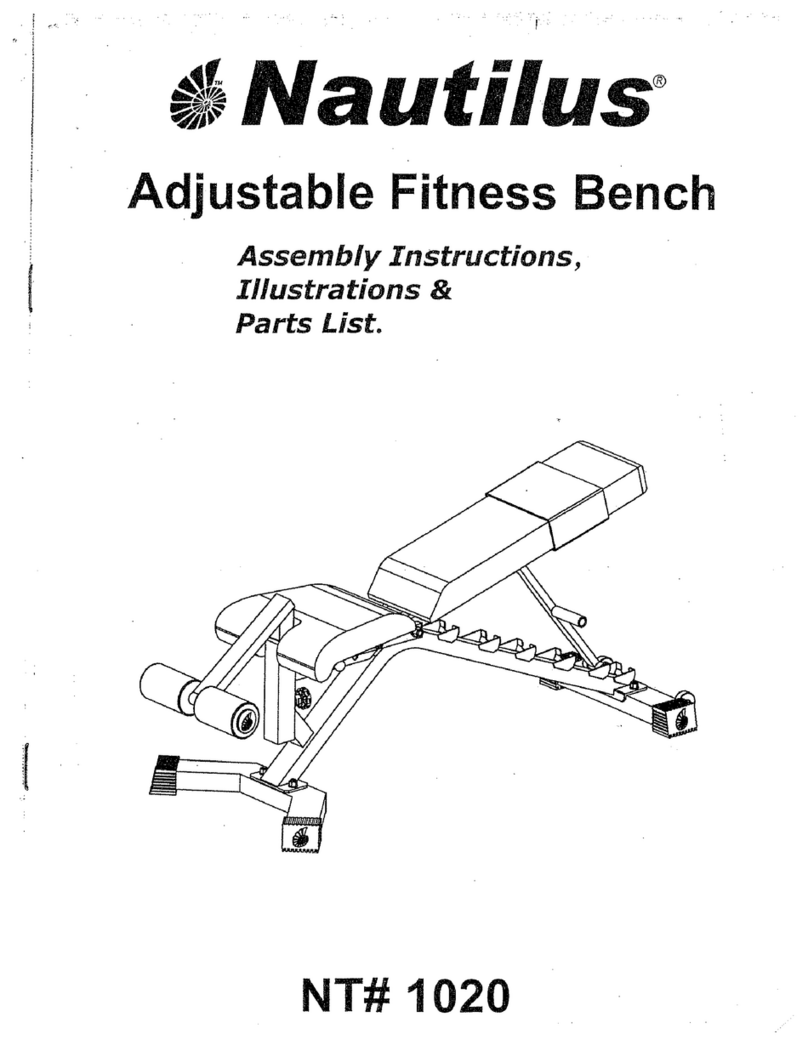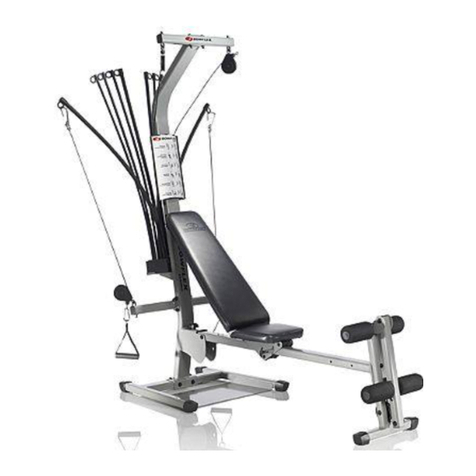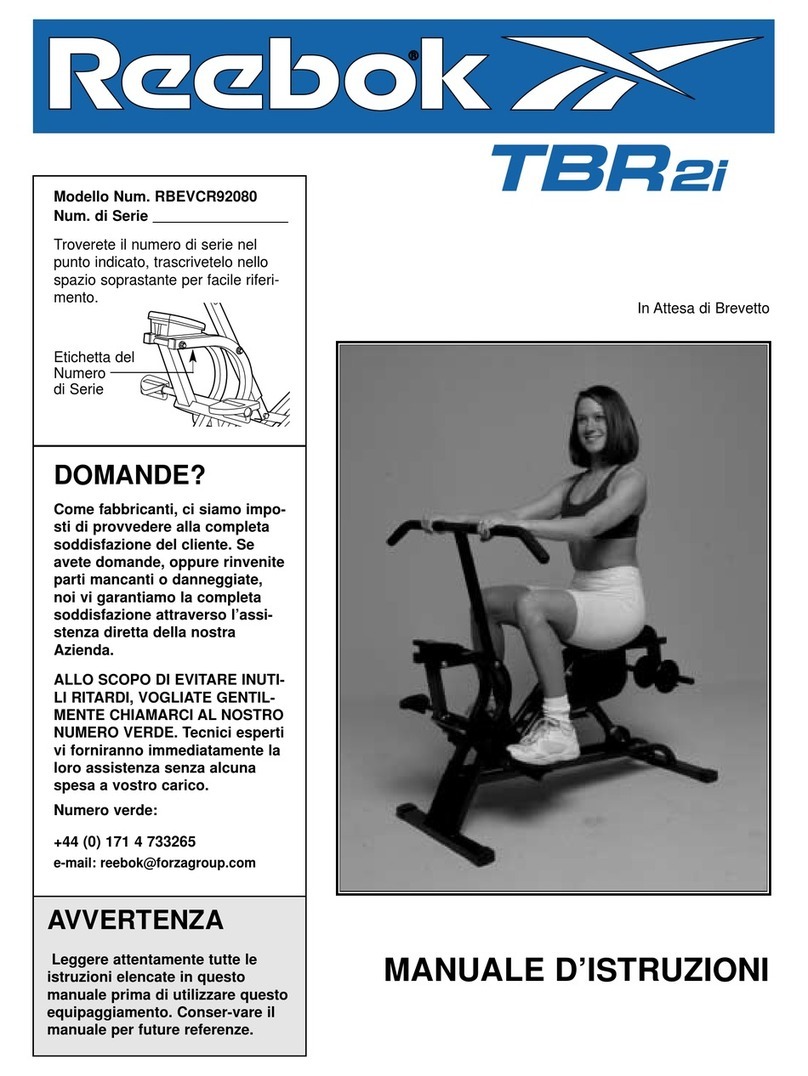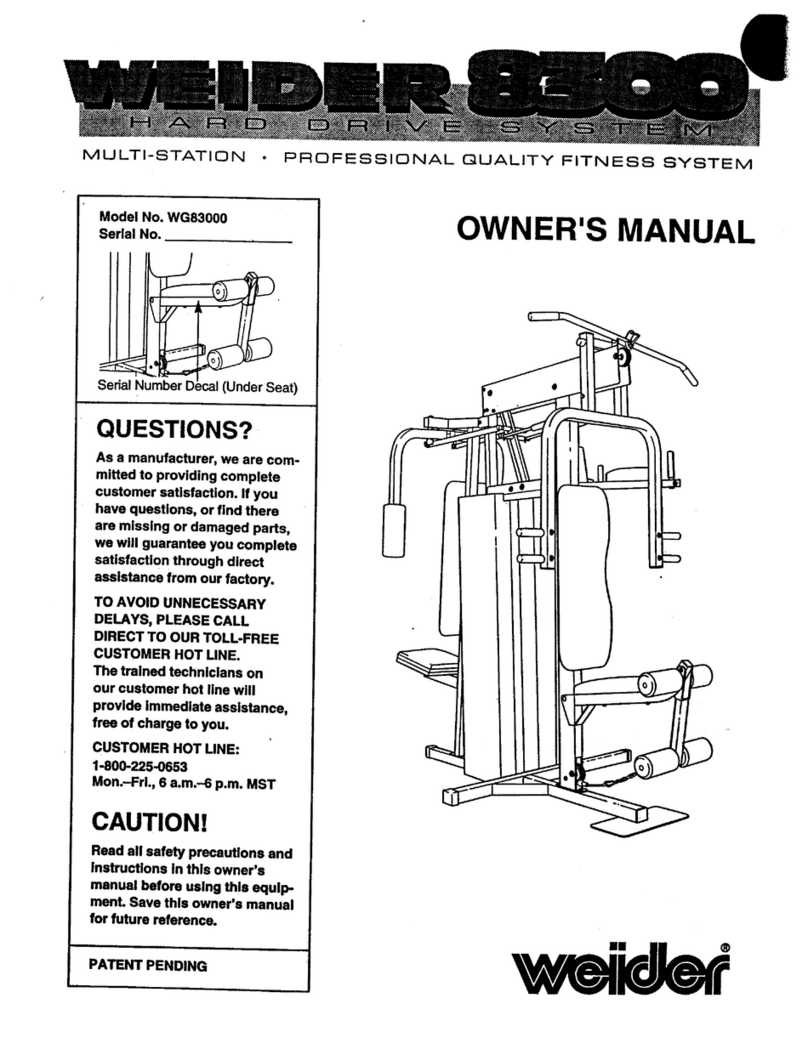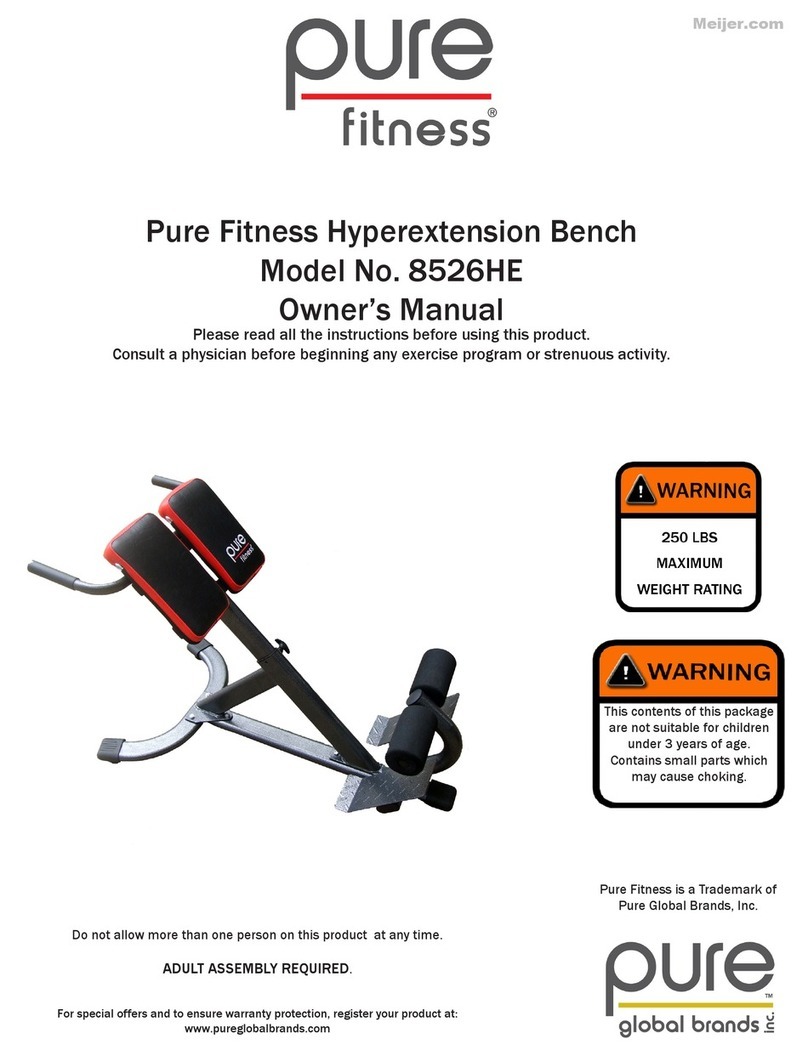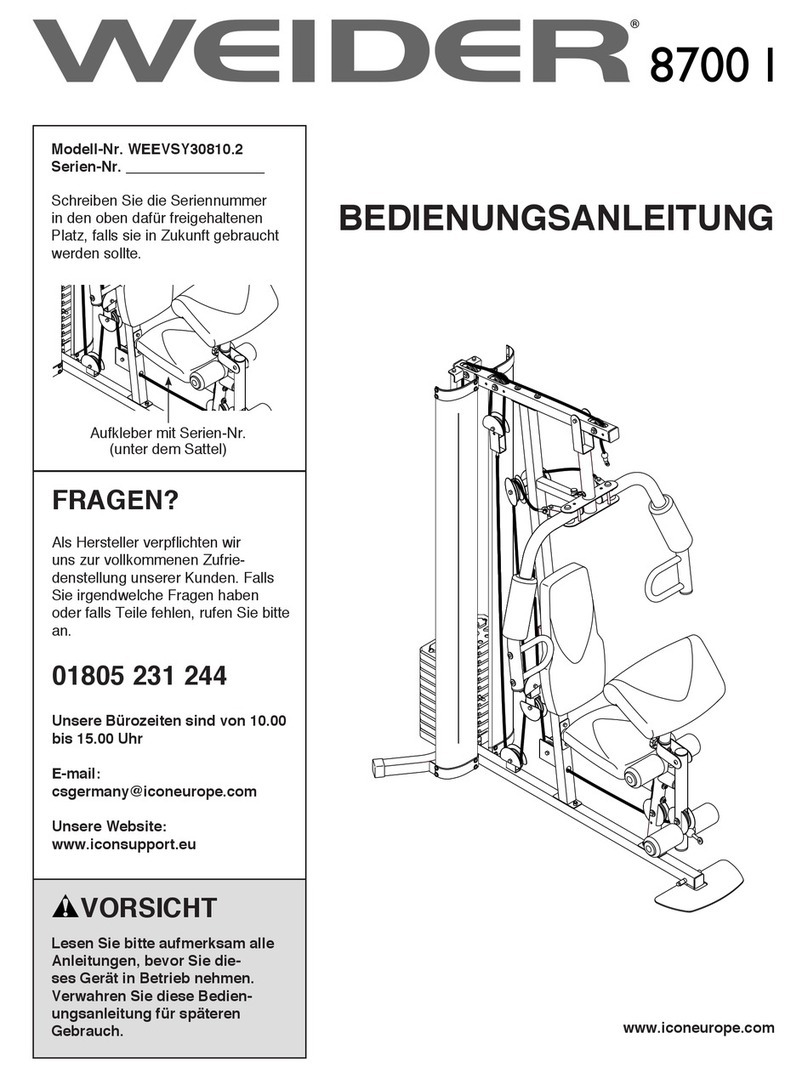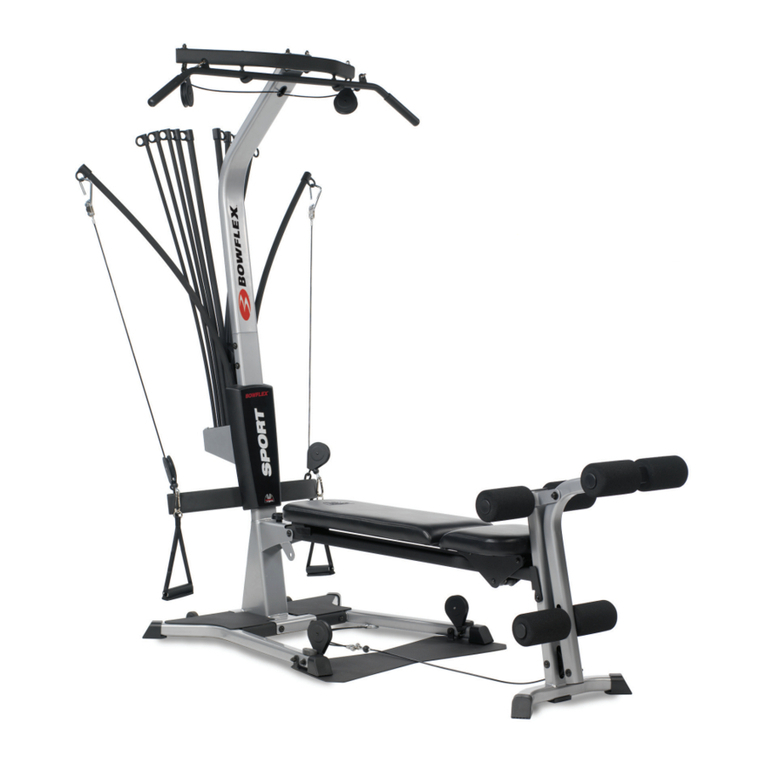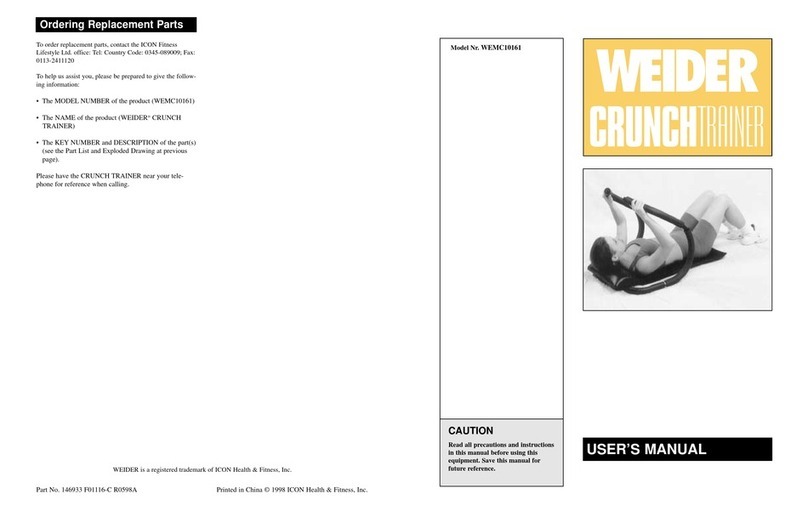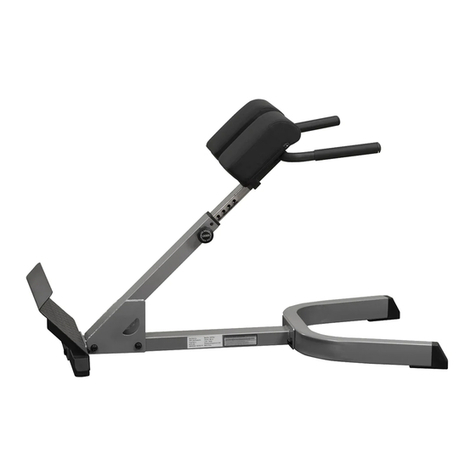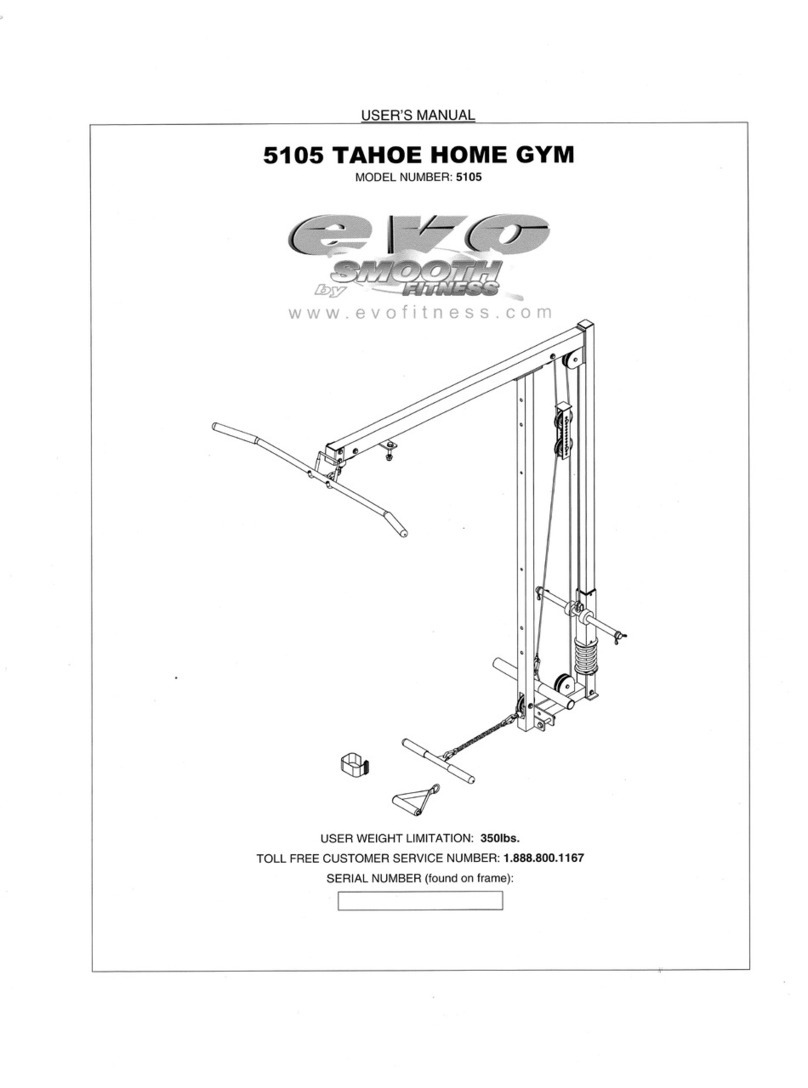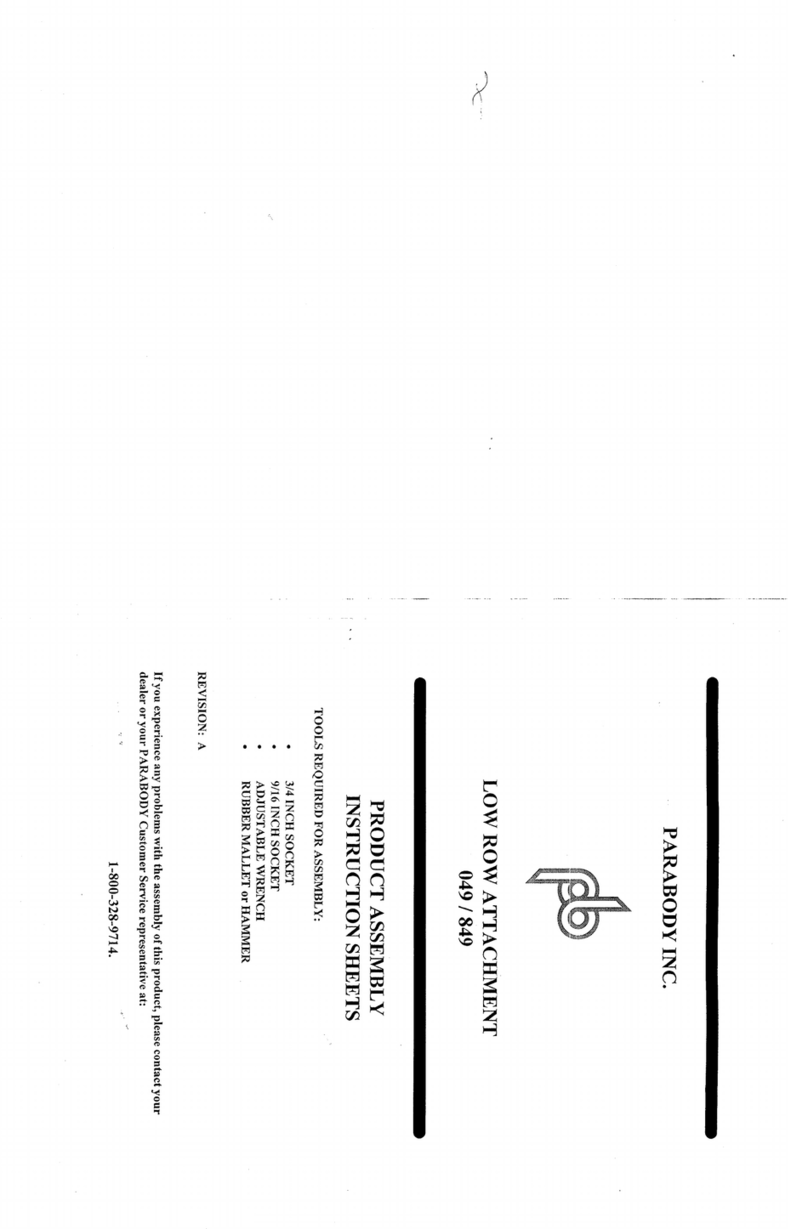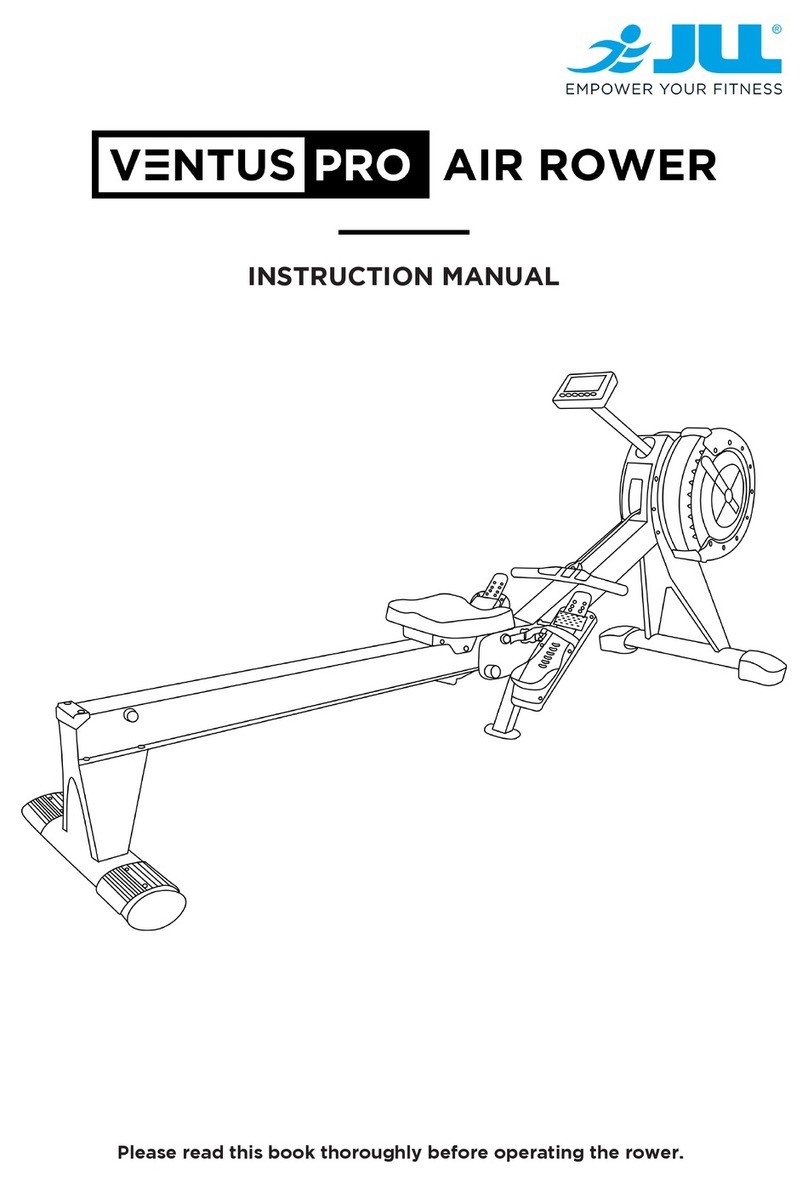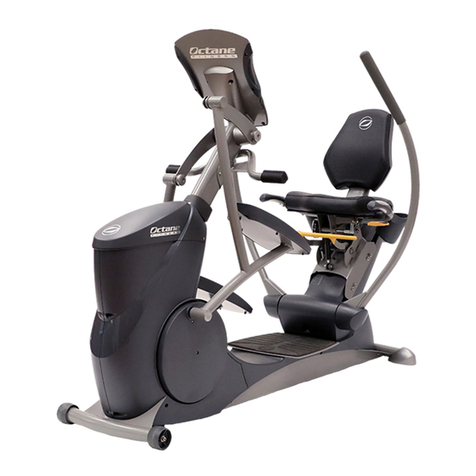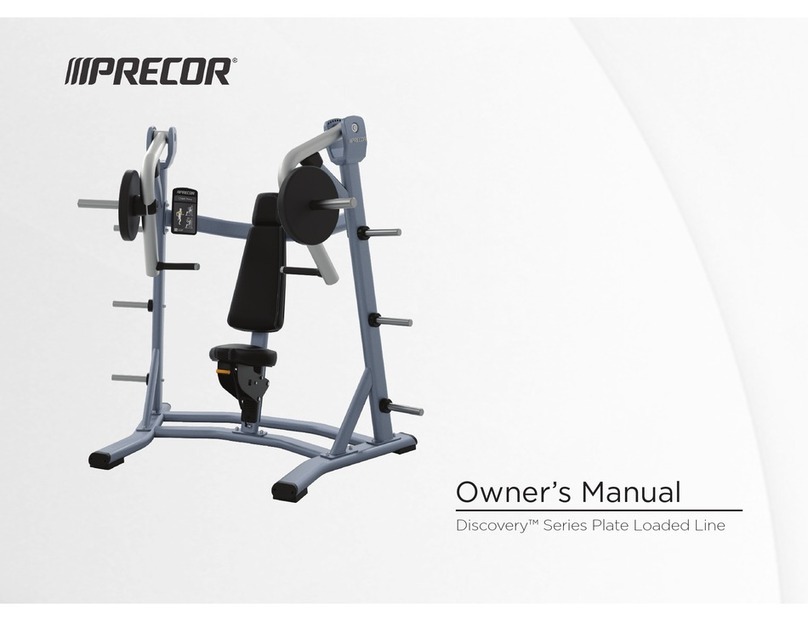
5
Nautilus® Commercial Vertical Series S912 Owner’s Manual
SAFETY REQUIREMENTS: SAVE THESE INSTRUCTIONS!
The safety level provided by the design of this equipment can only be maintained when the equipment is regularly examined for
damage and wear. Inoperable components should be replaced immediately or the equipment be put out of use until it is repaired.
Failure to follow the guidelines may compromise the effectiveness of the exercise experience, expose you (and possibly others) to
injury, and reduce the longevity of the machine. Follow all training instructions listed in the manual and/or on the machine. Physical
injury may result from incorrect or excessive training.
Failure to follow the conditions set forth below shall limit, to the extent allowed by law, Nautilus Inc. responsibility for the safety,
reliability, and performance of this equipment.
The operator manual must be read in full by each owner and trainer before the product is first used. Each user must be
instructed in the proper use of the gym and its accessories.
The equipment must be used in accordance with the instructions for use.
Only Nautilus-trained or Nautilus-authorized personnel should carry out assembly operations, extensions, readjustments,
modifications, or repairs.
For further information or instruction on use, maintenance or specifications, please contact your Authorized Nautilus
Fitness Dealer or Service Technician.
General Guidelines For Safe Operation
WARNING! THESE GUIDELINES ARE DIRECTED TO YOU, AS THE OWNER OF THE MACHINE. YOU SHOULD INSIST
THAT ALL USERS FOLLOW THE SAME GUIDELINES.
WARNING! Do not begin an exercise program without first consulting a physician.
WARNING! If at any time during your workout you feel chest pain, experience severe muscular discomfort, feel faint,
or are short of breath, stop exercising immediately. If the condition persists, you should consult your
medical doctor immediately.
WARNING! Secure long hair and loose clothing before use.
Obtain a complete physical examination from your medical doctor and enlist a health/fitness professional’s aid in
developing an exercise program suitable for your current health status.
The intensity and duration of your exercise program should always be subject to how you feel. Never permit peer
pressure to override your personal judgment while exercising.
Never attempt to exercise with more resistance than you are physically able to handle.
Overweight or severely deconditioned individuals should be particularly cautious when using the machine for the first
time. Even though such individuals may not have histories of serious physical problems, they may perceive the exercise
to be far less intense than it really is, resulting in the possibility of overexertion or injury.
Although all equipment manufactured by Nautilus, Inc. has been thoroughly inspected by the manufacturing facility
prior to shipment, proper installation and regular maintenance are required to ensure safety. Maintenance is the sole
responsibility of the owner.
•
•
•
•
1.
2.
3.
4.
5.
